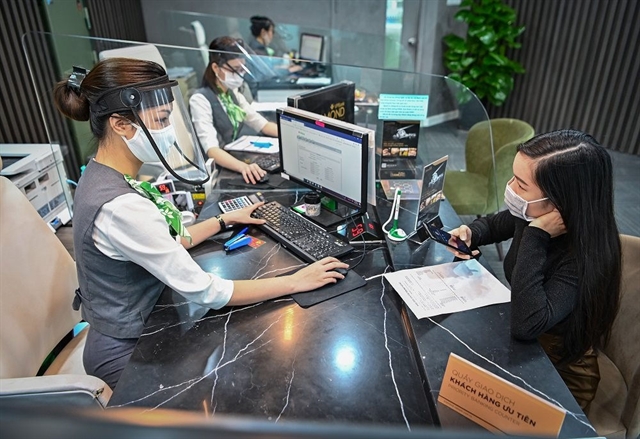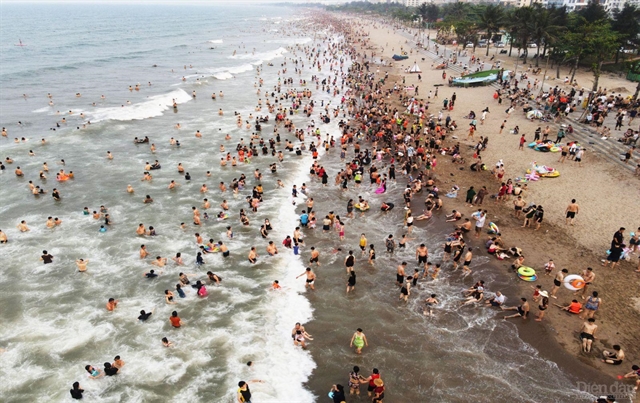

|
| People shop at a supermarket. By 2030, up to 75 per cent of Việt Nam’s population could belong to the consuming class (spending more than $11 a day in purchasing power parity terms), up from 40 per cent today. — Photo moit.com.vn |
HÀ NỘI — Consumption in Việt Nam could grow by US$130 billion over the next decade as Asia continues to be the world’s consumption growth engine, a new report from McKinsey has revealed.
Scale continues to be a key characteristic of the region’s consumption story, but a new chapter is being written based on the increasing diversity of the region’s consumer markets. Companies need to get to know the distinct segments of consumers who are set to drive growth and redraw their map of consumption for Việt Nam and for Asia as a whole.
Jonathan Woetzel, a McKinsey senior partner in Shanghai and a director of the McKinsey Global Institute, said: “Asia’s consumer story over the next ten years and beyond is not only about scale and growth, but also about growing diversity in consumer markets (in a region that is already hugely diverse) and how consumers in the region are trailblazing new paths.”
Oliver Tonby, a McKinsey senior partner in Singapore, said: “Asian consumers continue to face challenges associated with the COVID-19 pandemic, but Asia continues to have solid long-term growth potential. We may see half of all global consumption growth in the next decade coming from Asia.”
This new research identifies ten major shifts in Asia’s consumer markets and estimates how much demand could follow new consumption curves that are quite different from past models driven by rising incomes and the volume of people in the consuming class.
Asian consumers are expected to account for half of global consumption growth in the next decade, equivalent to a $10 trillion opportunity. Globally, one of every two upper-middle-income and above households is expected to be in Asia, and one of every two transactions made is likely to be made by consumers in the region.
Movement within the consuming class is likely to be a larger driver of consumption growth than movement into it. By 2030, up to 75 per cent of Việt Nam’s population could belong to the consuming class (spending more than $11 a day in purchasing power parity terms), up from 40 per cent today and less than 10 per cent in 2000. Over that period, consumers are expected to attain higher income levels than past joiners. The proportion of the population in the two highest tiers of the consuming class (spending more than $30 a day in purchasing power parity terms) could rise from below 5 per cent today to almost 20 per cent in 2030.
Five demographic shifts and five behavioural shifts are transforming Việt Nam’s consuming class. One is shrinkage in the average household size that is happening across Asia - in Việt Nam a shrinkage of around 20 per cent over the past 20 years and the rise of single-person households that consume differently; today 11 per cent of Vietnamese households are single-person ones. Another is seniors (aged 60 and over) whose consumption in Việt Nam is expected to grow around twice as fast that of the population as a whole. Other shifts include a trend toward eco-responsible consumption, spreading personalisation, the rise of Asian brands, and new notions of ownership with the rise of the sharing economy, subscriptions, and the buying of second-hand goods.
Between 15 and 65 per cent of demand could shift from income-driven S-curve to three new market-specific consumption curves. In the automotive sector, the shift could be 40 to 65 per cent of value. In financial services, 15 to 25 per cent could shift. This means that companies may put themselves at a competitive disadvantage by waiting for countries to reach the tipping point of S-curve development, at which the growth in consumption of a given category accelerates. Markets that would be deemed unripe for entry in income-driven S-curve thinking are already being served by companies that succeed in innovating their business model or cost structure.
It is time for companies to redraw their consumer growth map of Việt Nam and Asia as a whole. Companies should identify new growth angles relevant to their business and take into account dynamic consumption curves. In the face of rapid change and increasing diversity, companies should consider adopting a more agile operating model, including bolder resource reallocation, and adopt an open strategy based on building networks and partnerships, and participating in, or leading, ecosystems.
Matthieu Francois, a McKinsey associate partner in Việt Nam, said: “Việt Nam’s consumer markets have had a strong momentum for a while, and it is now becoming more complex. The consuming class is diversifying geographically – with more affluent households in smaller cities – and is seeing the emergence of new segments – such as an entire class of digital natives, or a growing group of senior consumers. As Vietnamese consumers become more diverse and more demanding, companies need to raise their game in terms of channel strategy, marketing allocation and overall agility.”
Jeongmin Seong, an MGI partner in Shanghai, said: “In order to capture new and evolving sources of growth, companies need to refresh the growth map in Asia. The map can help business executives to make effective decisions on a range of corporate activity, from resource allocation to what kind of ecosystem to operate in.” — VNS
.



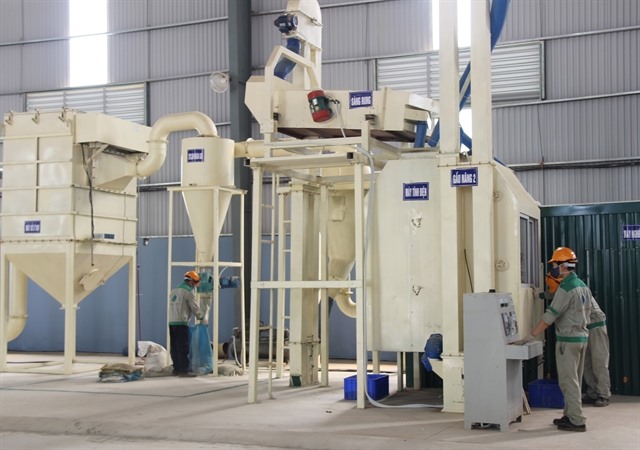
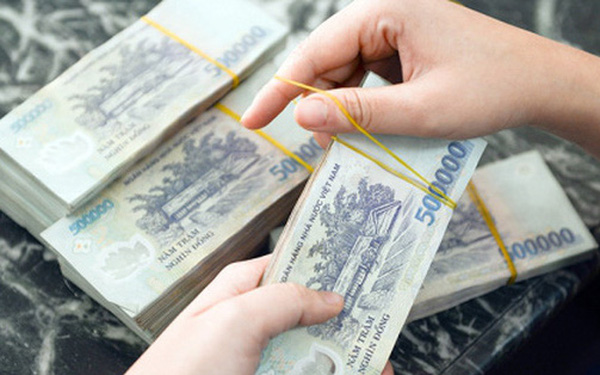

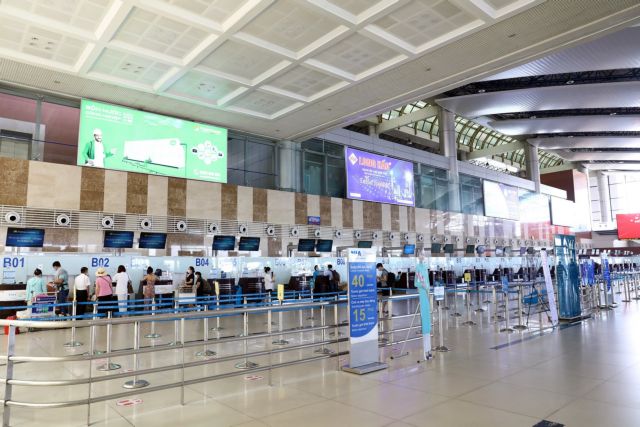
.jpeg)
